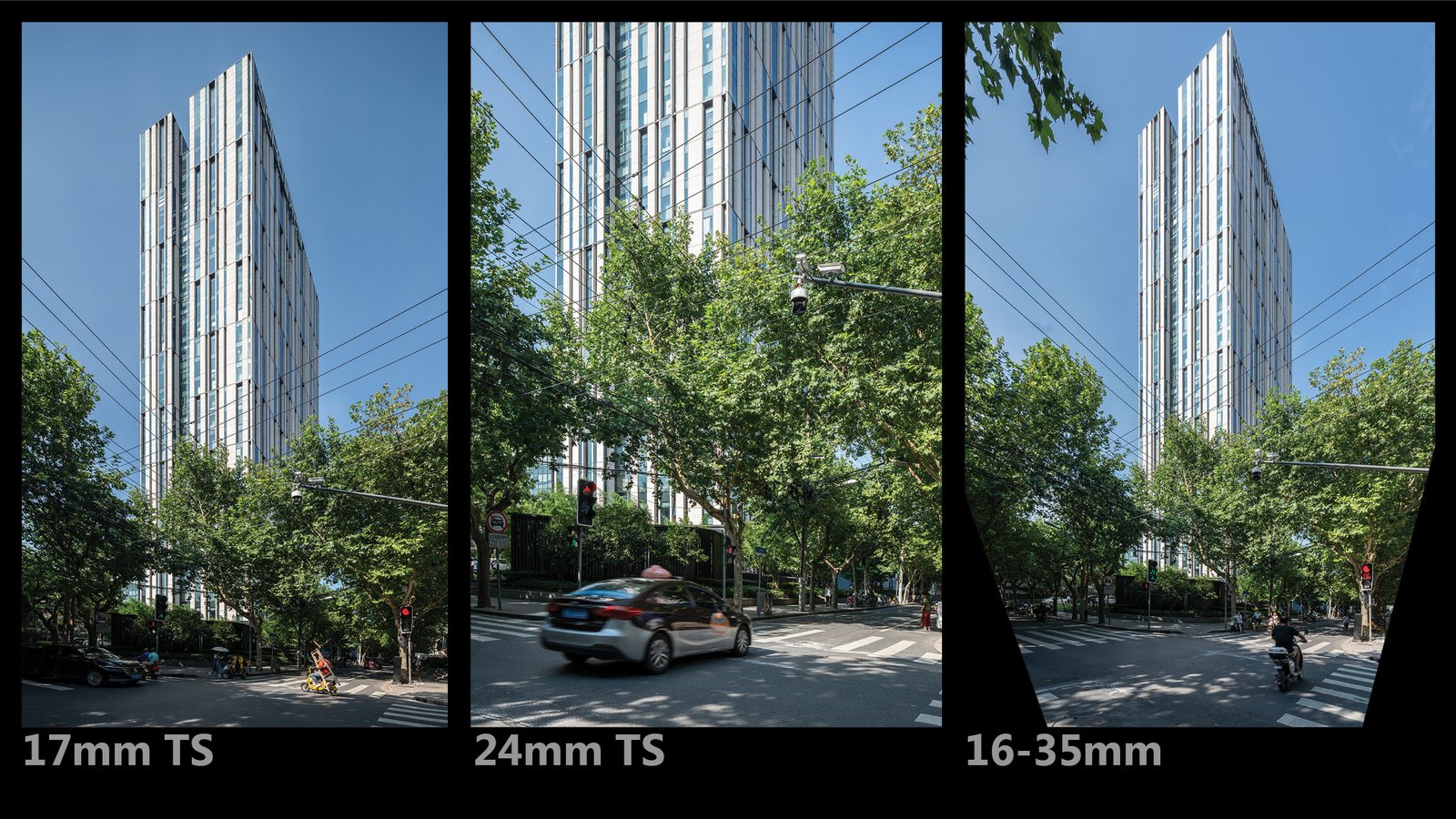Architectural photography requires a keen eye for detail and precision in capturing buildings and structures. One of the most effective tools for achieving this is the tilt-shift lens. These specialized lenses offer unique capabilities that can greatly enhance your architectural photos. Here’s an in-depth look at the benefits of using tilt-shift lenses in architectural photography.
Understanding Tilt-Shift Lenses
Tilt-shift lenses are designed to control perspective and depth of field, providing photographers with greater flexibility and precision. They allow the lens to be tilted and shifted independently of the camera body, which can correct perspective distortions and control the plane of focus.
Key Benefits of Tilt-Shift Lenses
1. Perspective Control
Correcting Converging Lines:
One of the primary benefits of tilt-shift lenses is their ability to correct perspective distortions, such as converging lines. When photographing tall buildings from ground level, the vertical lines often appear to converge. By shifting the lens, you can maintain parallel lines, resulting in a more accurate representation of the architecture.
Maintaining Proportions:
Tilt-shift lenses help maintain the true proportions of buildings, avoiding the unnatural distortion that can occur with standard wide-angle lenses. This is particularly important in architectural photography, where accurate representation is crucial.

2. Enhanced Depth of Field
Control Over Focus Plane:
Tilting the lens allows you to change the plane of focus, enabling you to keep more of the scene in sharp focus. This is especially useful when photographing buildings with intricate details or capturing both the foreground and background elements sharply.
Creative Effects:
While tilt-shift lenses are often used to achieve precise focus, they can also create unique and artistic effects. For example, selective focus can draw attention to specific architectural features, creating a miniature effect or emphasizing certain parts of the structure.
3. High Image Quality
Minimizing Distortion:
Tilt-shift lenses are designed to minimize optical distortions, such as barrel distortion, which can affect the straight lines and geometric shapes in architectural photography. This results in cleaner, more accurate images.
Superior Sharpness:
These lenses are built with high-quality optics that provide excellent sharpness and clarity. This is essential for capturing the fine details and textures in architectural subjects.
Practical Applications in Architectural Photography
1. Photographing Tall Buildings
Full Building Shots:
When photographing skyscrapers and tall buildings, tilt-shift lenses allow you to capture the entire structure without tilting the camera upwards. This maintains the vertical lines and prevents the building from appearing to lean.
Details and Facades:
For detailed shots of building facades, tilt-shift lenses ensure that the entire surface remains in focus, highlighting the design and craftsmanship.
2. Interior Photography
Wide Interiors:
In interior photography, tilt-shift lenses help capture wide spaces without distortion. Shifting the lens can include more of the scene without having to move the camera position significantly.
Depth and Focus:
Tilting the lens ensures that both near and far elements within an interior space remain in focus. This is particularly useful in rooms with complex designs and multiple focal points.
3. Urban Landscapes
Cityscapes:
Tilt-shift lenses are ideal for capturing cityscapes, as they allow for accurate representation of the buildings and streets. Shifting the lens helps maintain straight lines, even when photographing from high vantage points.
Creative Urban Shots:
Using the tilt function creatively can produce unique urban shots, such as emphasizing certain buildings or creating a sense of depth and dimension in city landscapes.
Tips for Using Tilt-Shift Lenses
1. Practice and Experiment
Get Comfortable:
Tilt-shift lenses have a learning curve, so it’s important to practice and experiment with different settings. Try various tilt and shift adjustments to understand how they affect your images.
2. Use a Tripod
Stability and Precision:
Using a tripod is crucial when working with tilt-shift lenses, as it provides stability and allows for precise adjustments. This is especially important for long exposures and low-light conditions.
3. Plan Your Shots
Scout Locations:
Before shooting, scout your locations to determine the best angles and compositions. Plan how you will use the tilt and shift functions to achieve the desired perspective and focus.
4. Post-Processing
Fine-Tune Adjustments:
While tilt-shift lenses minimize the need for extensive post-processing, software tools can still be used to fine-tune perspective and focus adjustments. Programs like Adobe Lightroom and Photoshop offer perspective correction features that complement the capabilities of tilt-shift lenses.
Conclusion
Tilt-shift lenses are invaluable tools in architectural photography, offering unparalleled control over perspective and depth of field. By correcting distortions, maintaining proportions, and enhancing image quality, these lenses enable photographers to capture buildings and structures with precision and creativity. Whether photographing tall skyscrapers, intricate interiors, or expansive urban landscapes, tilt-shift lenses provide the flexibility and accuracy needed to produce stunning architectural photos.

